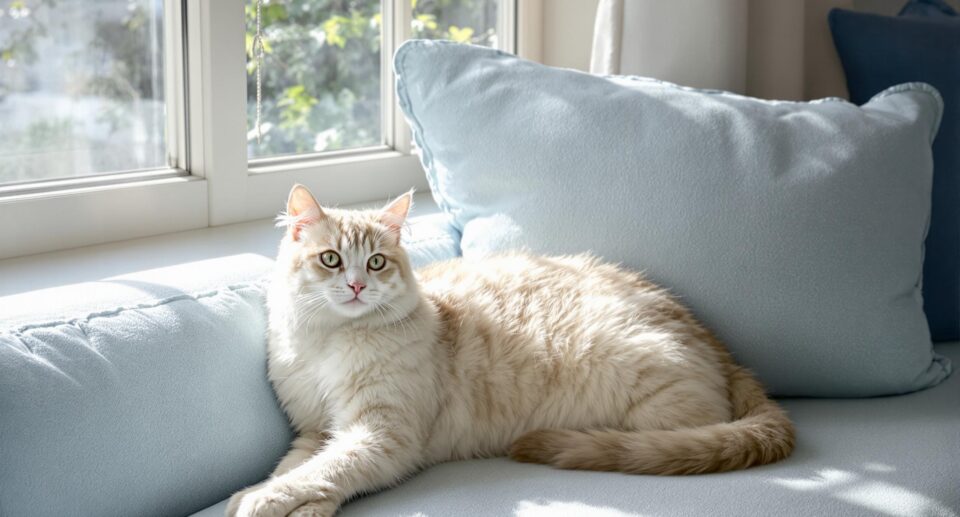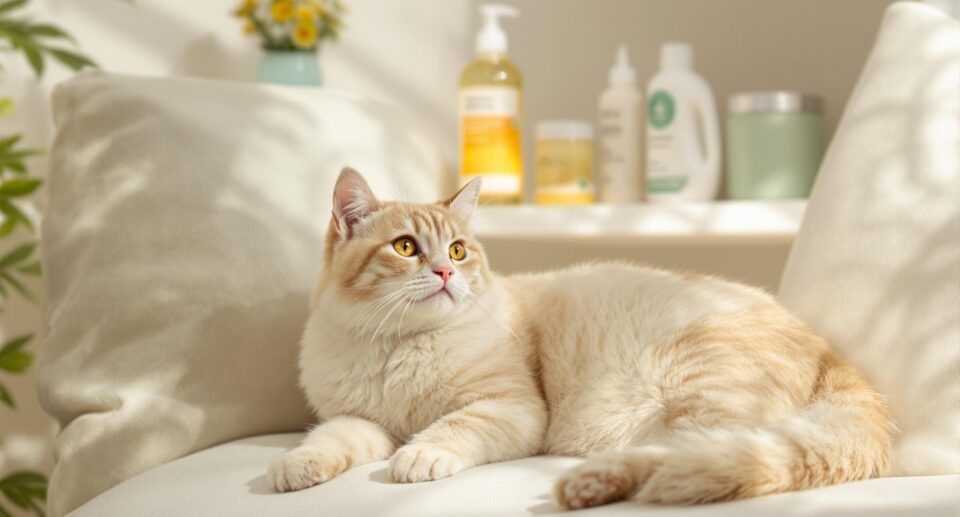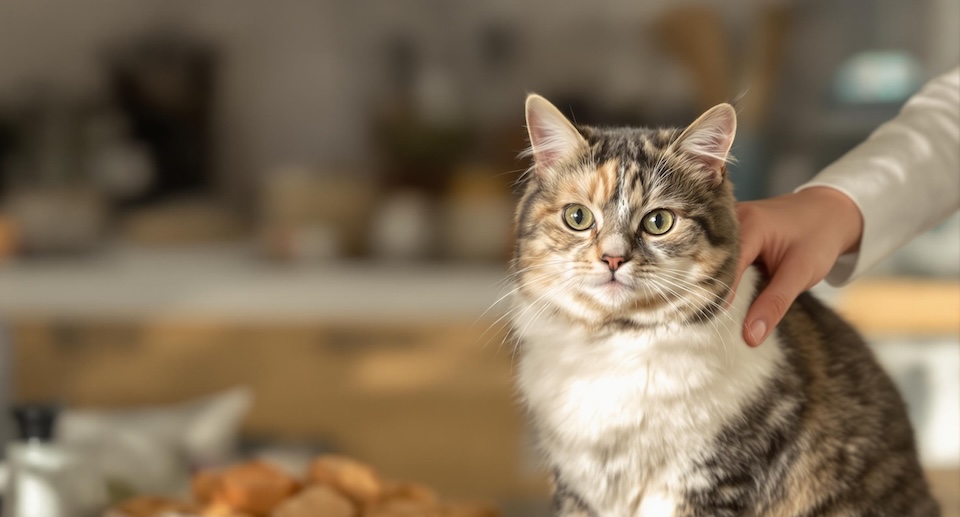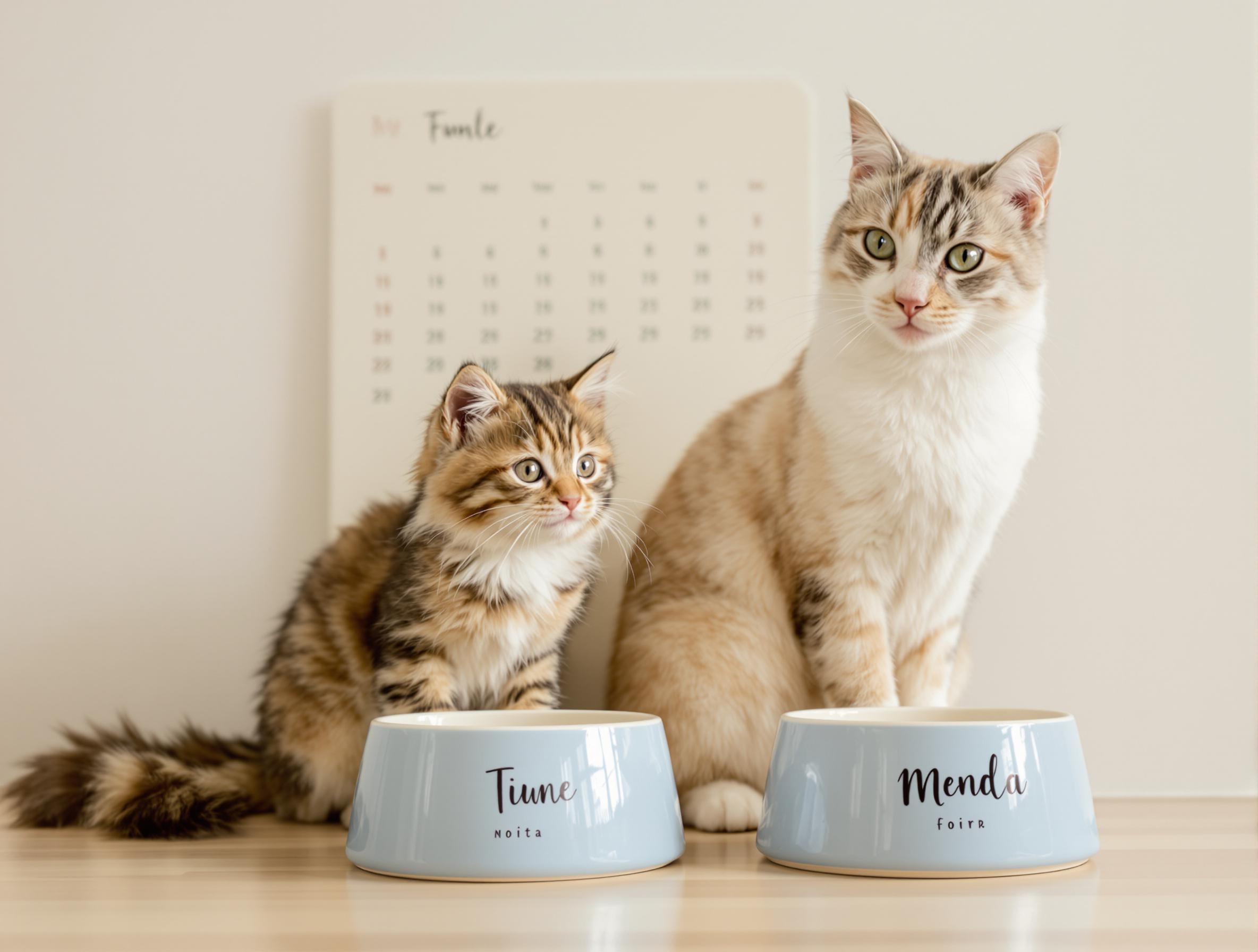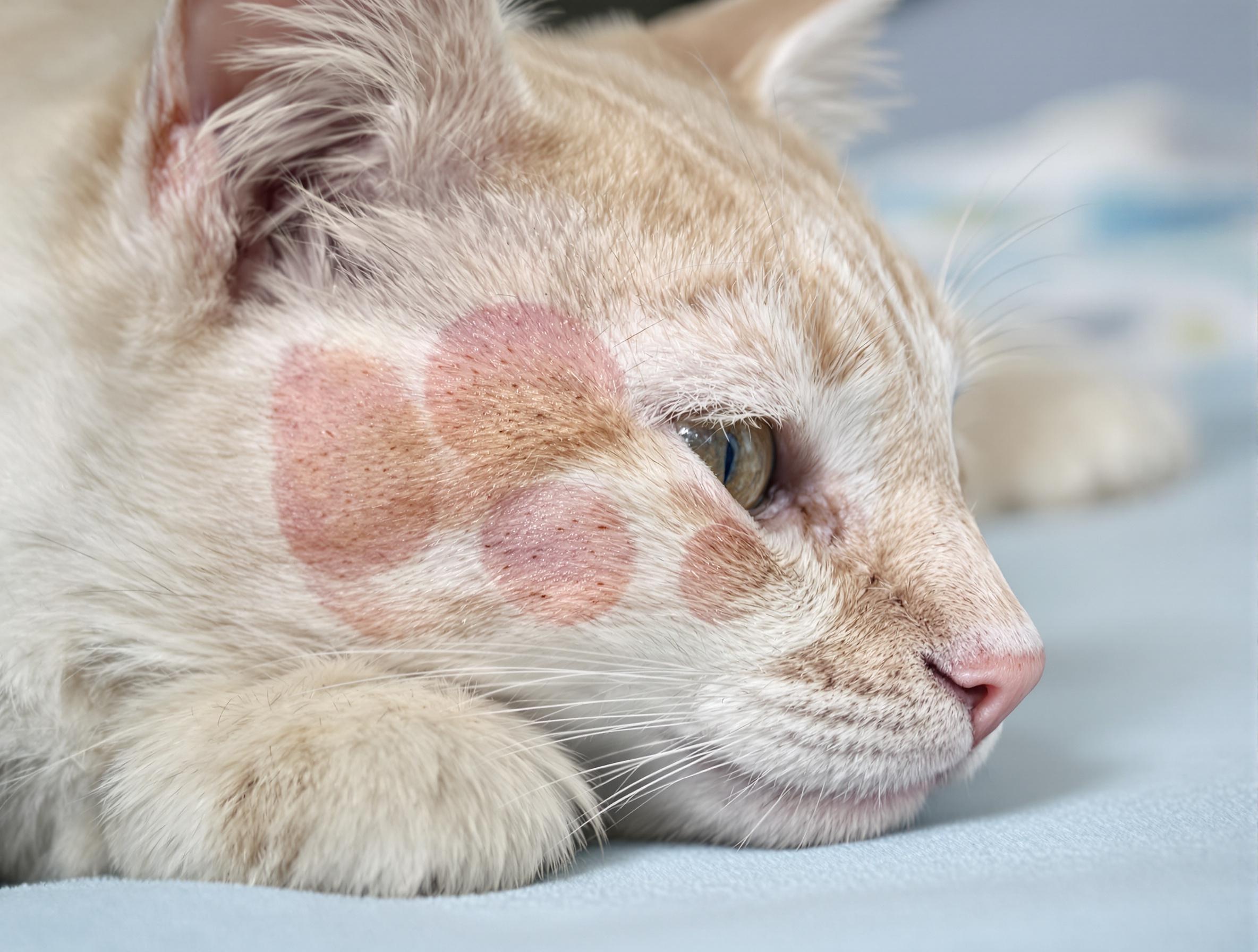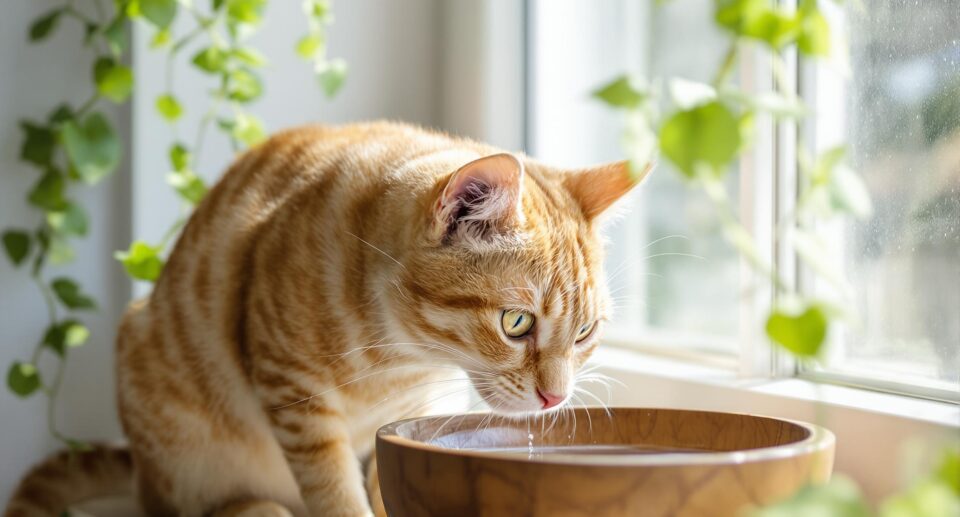
If you’re like many cat owners, you might notice that your cat does not drink much water. As it turns out, lapping up water just isn’t in your cat’s DNA. Cats evolved to survive in deserts, far from water sources, so they are wired to get most of their moisture intake from their food.
Cats need to drink or consume a total of about 4.5 ounces of water per 5 pounds of body weight per day. Most domestic cats eat a dry kibble diet that consists of about 6-10% moisture, yet they typically do not drink enough water to make up the difference.
Urinary tract issues are extremely common in cats, possibly because of the popularity of dry kibble diets. Water is necessary to flush bacteria from the urinary tract, preventing urinary tract infections. It also helps prevent the formation of kidney stones.
Why Your Cat Ignores Their Water Bowl
Cats can have quirks when it comes to drinking water. As still, stagnant bodies of water are prone to bacterial overgrowth, cats innately seek out fresh, moving water sources. In our homes, this means water faucets and fountains.
A water fountain can ensure your cat always has access to clean water and help engage their instincts to drink.
It’s also common for cats to prefer to drink from water sources that are far away from their food for fear of contamination. Try placing water bowls in every room of your home that your cat frequents.
How To Get Your Cat To Drink More Water
You can use cat-friendly beverages to encourage your cat to imbibe. Just a small amount of tuna juice, chicken broth, or bone broth can do the trick. Just make sure the additive is free of added sugar or salt.
Adding Moisture To Your Cat’s Diet
Switching your cat from a dry kibble diet to a canned, raw, or rehydrated freeze-dried diet is the easiest way to ensure they’re getting much-needed moisture on a daily basis.
If you can’t quit the kibble, it can be helpful to add warm water, broth, or Canned Pet Food. Even some fresh-cooked chicken breast, scrambled eggs, or cooked fish can make a great moisture-rich topper.
Just make sure toppers make up no more than 20% of your cat’s diet to ensure it does not throw off the balance in their kibble, and reduce their kibble serving if they’re prone to weight gain. If you plan to feed a homemade raw or cooked diet, work with a veterinary nutritionist to help you create recipes so your cat does not end up with any nutritional gaps.

